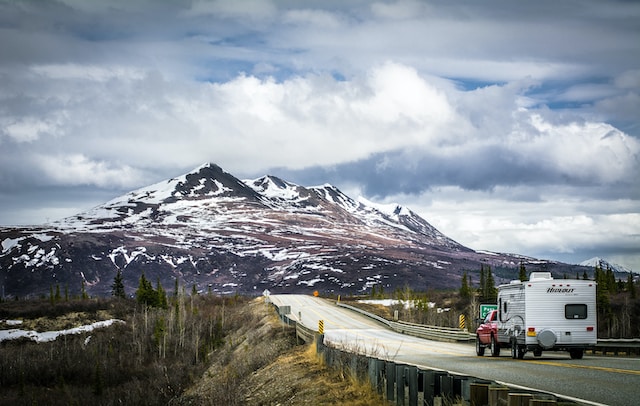Alaska, with its breathtaking landscapes and remote terrains, has been a hub for various activities, including tourism, resource exploration, and transportation. Helicopters have played a vital role in connecting remote areas and providing access to regions otherwise difficult to reach. However, with the advantages come challenges, and helicopter crashes in Alaska have raised concerns about safety and operations in this unique environment. In this article, we will explore the causes, potential preventive measures, and insights into helicopter crashes in Alaska.
Helicopter Crash Alaska: Understanding the Risks
The rugged and unpredictable Alaskan terrain, coupled with ever-changing weather conditions, poses significant challenges for helicopter operations. The following factors contribute to the heightened risk of helicopter crashes in Alaska:
Unpredictable Weather Patterns
Alaska’s weather can shift rapidly, from clear skies to blizzard-like conditions. This unpredictability can catch even experienced pilots off guard, leading to reduced visibility and challenging flight conditions.
Complex Terrain
The diverse topography of Alaska includes mountains, valleys, glaciers, and fjords. Navigating through these terrains requires exceptional piloting skills, as well as a deep understanding of the landscape to avoid obstacles.
Limited Navigation Aids
In remote regions, navigation aids may be scarce, making it challenging to maintain proper course during adverse weather conditions. This lack of reference points can increase the risk of crashes.
Fatigue and Long Flights
Helicopter pilots often undertake long flights to cover vast distances in Alaska. Extended flight times can lead to pilot fatigue, affecting decision-making and reaction times.
Wildlife Hazards
Alaska is home to diverse wildlife, including large mammals. Collisions with animals during takeoff or landing can result in loss of control and accidents.
Causes of Helicopter Crashes in Alaska
Helicopter crashes in Alaska can stem from a variety of factors, often combining to create a disastrous scenario. Some common causes include:
. Weather-Related Incidents
Sudden weather changes, such as fog, snowstorms, and strong winds, can disorient pilots and make navigation difficult, leading to crashes.
Mechanical Failures
Technical issues, such as engine failures or malfunctions, can lead to loss of control, especially in remote areas where emergency landing options are limited.
Human Error
Pilot errors, including misjudging altitude, navigation mistakes, and poor decision-making, contribute significantly to helicopter crashes.
Communication Breakdown
Effective communication between pilots, ground crew, and air traffic control is crucial. Miscommunication or lack of coordination can lead to accidents.
Safety Measures and Preventive Strategies
Efforts are being made to mitigate the risks associated with helicopter operations in Alaska. The following measures are being adopted to enhance safety:
Advanced Weather Monitoring
Real-time weather data and forecasting help pilots make informed decisions and avoid flying in adverse conditions.
Training and Simulation
Pilots undergo rigorous training and simulation exercises to enhance their skills in handling challenging situations, such as landing on uneven terrain or in extreme weather.
Regular Maintenance
Meticulous maintenance routines ensure helicopters are in optimal condition, reducing the likelihood of mechanical failures.
Improved Communication Systems
Enhanced communication equipment allows for better coordination between pilots, crew, and air traffic control, reducing the risk of misunderstandings.
Insights and Personal Experiences
Having personally flown helicopters in Alaska, I understand the unique challenges posed by this environment. The breathtaking vistas come hand in hand with the responsibility of ensuring the safety of passengers and crew. I vividly remember a situation where sudden fog engulfed my helicopter, prompting an emergency landing. This experience reinforced the importance of thorough weather checks and quick decision-making.
Conclusion
The allure of Alaska’s beauty is matched by the challenges it presents to helicopter operations. Unpredictable weather, complex terrains, and wildlife hazards demand utmost caution from pilots and operators. Through advanced training, technology, and collaboration, the risks associated with helicopter crashes in Alaska can be minimized. As someone who has navigated these skies, I am confident that with the right strategies, we can ensure safer journeys for everyone involved.

